4 Types of Soils
Soil is everywhere, under our feet, in gardens, and in the wild. But not all soils are the same. From silt to loam, learn the types of soils.
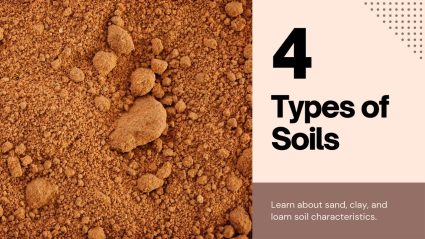
Soil is everywhere, under our feet, in gardens, and in the wild. But not all soils are the same. From silt to loam, learn the types of soils.
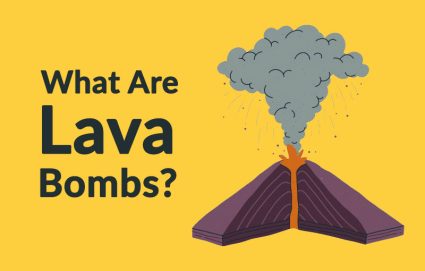
Lava bombs (volcanic bombs) are chunks of molten rock shot from a volcano. When a volcano erupts, it launches these rocks into the air.
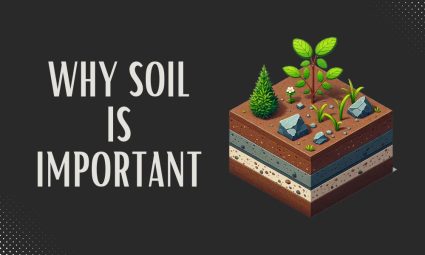
In this article, we’ll explain why soil is important. You’ll learn about its benefits in the environment and how it supports life on Earth.

Earth went through a dramatic freeze, known as “Snowball Earth”. Picture Earth, not as a blue and green globe, but as a white, icy snowball.
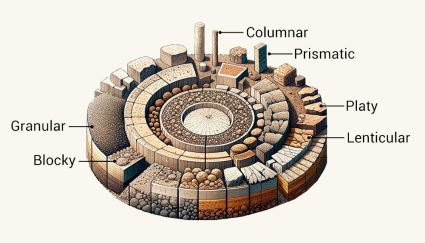
Soil is not just a single shape. Instead, it’s a mix of different shapes and soil structure. Let’s go on a journey into the ground beneath us.
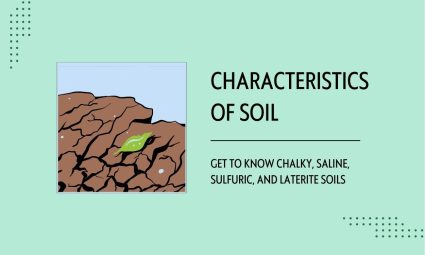
Soil is a key part of our planet. They have many characteristics, each with unique features. Today, we’ll explore soil characteristics.

From the explosive power of Plinian eruptions to the calm flow of Icelandic eruptions, we explore six eruption types from volcanoes.
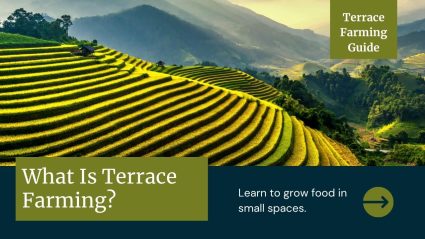
Terrace farming involves creating step-like fields in hilly areas, allowing farmers to grow crops on slopes and control soil erosion.
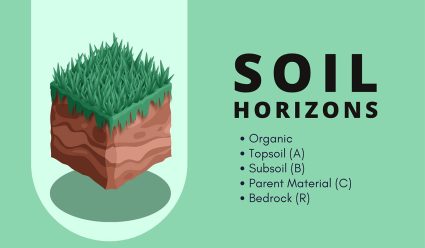
Soil horizons are layers in the soil, each with different characteristics. They form over time, due to various natural processes.
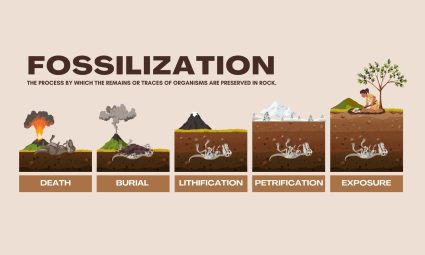
Fossilization is a process that turns once-living organisms into stone-like fossils. Today, we’ll look into the steps of fossilization.
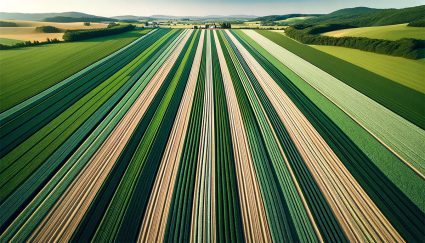
Strip cropping is a method where farmers grow different crops in narrow, long strips across a field that helps to control soil erosion.

Fossils are like nature’s time capsules because they give us a glimpse into the distant past. Learn about the 4 types of fossils today.
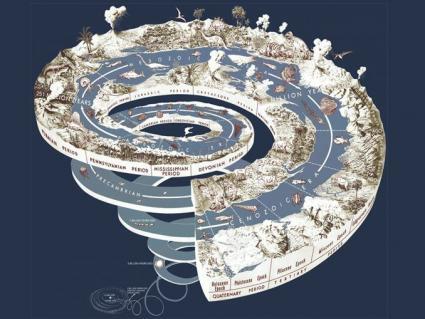
Since Earth’s creation, oceans, continents and life have emerged. From evolution to extinction, here are the geological events and history of Earth timeline
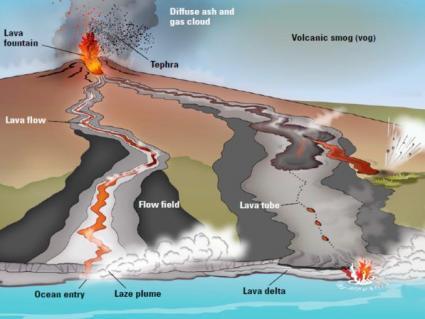
The name “shield volcano” originated from its Roman shield-like shape. They are broad, flat and can stretch hundreds of miles wide like Mauna Loa in Hawaii.
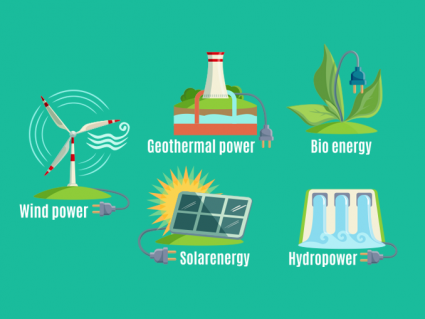
The world is rapidly transitioning towards a clean energy future. We can switch to alternative sources of energy to fuel our cars and homes.